The Kohinoor diamond was originally installed as one of the eyes of the presiding goddess of Warangal by the Kakatiya kings. In 1323 Ghiyath al-Din Tughluq defeated the Kakatiya rulers and took the diamond from the temple. Due to this sin, Ghiyath al-Din Tughluq was murdered just one year latter in a conspiracy by his own son. The cursed jewel was passed on to various kings throughout history, always bringing great misfortune and death.
In 1839, on his deathbed, Maharaj Ranjit Singh of Punjab donated the Koh-i-noor diamond to Lord Jagannath of the Puri Jagannath Temple in Orissa, but as he died the diamond was refused to be transferred to the temple by the British administrators. Thus for a second time the diamond had been stolen from a Hindu temple.
In 1850, the jewel was stolen from India and delivered to the British monarchy by force. Due to the curse of the diamond, the British empire also began to collapse shortly after it acquired the Kohinoor diamond. Today this same Kohinoor diamond is the crown jewel of the British empire, to be worn by the Queen of England. There have been many suggestions that the diamond should be returned to India.
The Jewel in the Crown: The Curse of the Koh-i-Noor Diamond
Its 750-year history is peppered with tales of murder and treachery. Now, secret papers recently released have added another twist to the 186-carat gem’s colourful history.
Some 155 years ago, a nine-year-old boy carrying a silk cushion was brought before Queen Victoria. His job was simple: to present Britain with the most glittering and symbolic spoil of its war to subjugate the Indian sub-continent.
The boy was Duleep Singh, the last Sikh ruler of the Punjab, and the prize his new imperial masters had made him travel 4,200 miles to deliver was the Koh-i-Noor diamond – the mysterious and terrible stone of emperors.
The 186-carat gem, whose name means Mountain of Light in Persian and was described by one Mughal emperor as being “worth half the daily expense of the whole world”, carried with it a curse and a 750-year bloodstained history of murder, megalomania and treachery.
But its passage to Britain in 1851 carried a different meaning: it was a carefully choreographed exercise in establishing the majesty of the Raj – and the one-way flow of riches from it.
Lord Dalhousie, the Governor General of India who was credited with masterminding the subjugation of the Punjab in the Second Sikh War in 1849 and subsequent surrender of the diamond, ordered that Prince Duleep, London’s new puppet Maharajah of Lahore, deliver the Koh-i-Noor in person.
The diamond was war booty and its delivery was to be a spectacle carried out in much the same manner as the tribute paid by defeated enemies of Egyptian pharaohs and Roman emperors. It was the centrepiece of the Great Exhibition of 1851, attracting thousands of visitors.
In a letter to a friend in 1849, the viceroy wrote: “My motive was simply this: That it was more for the honour of the Queen that the Koh-i-Noor should be surrendered directly from the hand of the conquered prince into the hands of the sovereign who was his conqueror, than it should be presented to her as a gift.”
It was perhaps with these words echoing in their ears that 127 years later, British diplomats began the delicate task of dealing with a forceful request from Pakistan – on whose territory the Koh-i-Noor was surrendered – that the diamond be returned.
Secret government papers released under the 30-year rule today at the National Archives in Kew, west London, detail how in 1976 officials at the Foreign Office formulated a firm rebuttal to the Pakistani claim on what had literally become a jewel of the British Crown.
Prince Albert, Victoria’s husband, spent £8,000 on having the Koh-i-Noor re-cut – at a cost of 40 per of its weight, slimming it down to 105 carats – after complaints at the Great Exhibition that the imperial prize was lacking in lustre.
It was set into the Imperial Crown and since 1911 the diamond has been worn in crowns worn by the female consort to the monarch, including the late Queen Mother, who wore it for her husband’s coronation in 1937 and for her daughter’s coronation in 1953.
The demand for the restoration of the diamond came from the Pakistani Prime Minister, Zulfikar Ali Bhutto, in a letter to his British counterpart, James Callaghan. Dated 13 August 1976, the letter began: “I am writing to you shortly before our annual Independence Day. This occasion never fails to bring to mind Pakistan’s historic grievances about the disposition of territories and assets to which we were entitled upon the termination of British rule.”
Evoking the “immense sentimental value” of the diamond to Pakistan, Mr Bhutto continued: “Its return to Pakistan would be a convincing demonstration of the spirit that moved Britain voluntarily to shed its imperial encumbrances and lead the process of decolonisation.”
But a memo from one senior civil servant made it clear that Britain considered possession to be nine-tenths of the law. It read: “The stark facts are these: i) We have the Koh-i-Noor diamond, whether or not our possession of it is legally justified. ii) We have made it clear that we are keeping the diamond, adducing the best arguments to support our contention.”
The final response was expressed in more diplomatic language and made use of the fact that, such is the allure and mystique of the diamond, at least a dozen emperors, maharajahs, sultans and governments had been prepared to indulge in rare savagery and deceit to obtain it.
Advisers to Mr Callaghan pointed out that the 1849 Treaty of Lahore, drawn up by Lord Dalhousie to formalise British rule in Punjab, contained a clause formally surrendering the Koh-i-Noor to “the Queen of England”.
They also suggested that its passage over the centuries through owners from the Delhi sultanate to the Persian shah meant there would be competing claims for ownership from Iran, Pakistan and India.
In response to Mr Bhutto, Mr Callaghan said: “I need not remind you of the various hands through which the stone has passed over the past two centuries, nor that explicit provision for its transfer to the British Crown was made in the peace treaty with the Maharajah of Lahore which concluded the war of 1849. I could not advise Her Majesty the Queen that it should be surrendered.”
Islamabad responded to the rejection by immediately releasing the letters between Mr Bhutto and Mr Callaghan to the Pakistani press, but drew only a muted public response.
The spat was only the latest in a bloody succession of battles for a gemstone which has been the embodiment of the supremacy of force, and a harbinger of ill fortune throughout its history.
The Koh-i-Noor was mined in India in around 1100 and probably originated from Golconda in the southern region of Andhra Pradesh. The shape and size of a small hen’s egg, the diamond attained a sinister mystique.
It is probably not entirely coincidental that the Koh-i-Noor is reserved for use in crowns used by a female member of the British Royal Family. A Hindu text from the time of Koh-i-Noor’s first authenticated appearance in 1306 states that the stone carries a curse lethal to male owners. It read: “Only God or a woman can wear it with impunity.”
By the 16th century, the stone had fallen into the hands of the first Mughal emperor, Babur, whose son was the first to fall foul of the “curse” by being driven from his kingdom into exile.
The later Mughal ruler, Shah Jahan, who built the Taj Mahal, had the diamond placed into the famous Peacock Throne of the dynasty but spent his last days watching its reflection through a barred window after being imprisoned by his son, Aurangzeb.
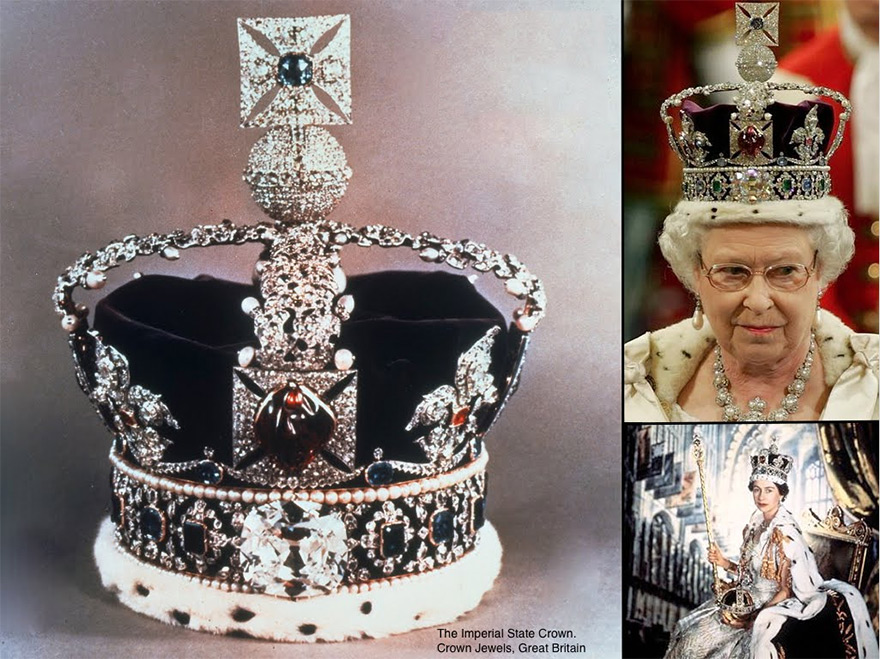
Fearing the curse, the present Queen avoids wearing the Kohinoor diamond and instead wears the Imperial State Crown.
It was only after the mughals had been deposed and control of the diamond passed to the Persians that the Koh-i-Noor received its present day name.
The story has it that Nadir Shah, the conqueror of the mughals, was preparing to return home after sacking Delhi in 1736 when he realised the diamond was missing from his booty.
He was supposedly tipped off by a disenchanted member of the mughal emperor’s harem that his enemy kept it hidden in his turban. Using an old war custom, Nadir Shah proposed an exchange of turbans. As the gem fell to the ground from the unfurling cloth and caught the light, Nadir Shah is said to have proclaimed: “koh i noor.”
Since then, the diamond has been lusted after by its owners, who have been hypnotised by its value and status. As one of Nadir Shah’s courtiers put it: “If a strong man should take five stones and throw one north, one south, one east and one west, and the last straight up in the air, and then the space between filled with gold and gems, that would equal the value of the Koh-i-Noor.”
After the assassination of Nadir Shah, another victim of the curse, the diamond passed through the hands of his successors, each dethroned and ritually blinded, until it was passed in return for sanctuary to Ranjit Singh, the Lion of Lahore, self-declared ruler of Punjab and father of Duleep Singh.
Within 40 years, the stone had passed into the possession of Lord Dalhousie after a military campaign every bit as ruthless and blood-soaked as those which had previously been fought for possession of the Koh-i-Noor. What followed was a process of the Anglicisation of the diamond.
After Prince Albert had it trimmed it was mounted in a tiara, while Prince Duleep was made a ward of the British Crown complete with an annual stipend of £50,000. He converted to Christianity and became a member of the racy circle of the young Edward VII, but died in poverty in Paris in 1893.
Some historians have pointed out that, after 155 years in the possession of British monarchy, the present Queen can claim be one of the longest-standing owners of the Koh-i-Noor. It is kept in the Tower of London as part of the Crown Jewels collection which is worth an estimated £13bn.
But despite Mr Callaghan’s rebuttal to Pakistan 30 years ago, the attraction of the diamond remains undimmed. The Indian High Commissioner to London accused Britain of “flaunting” the riches of empire when the Queen Mother’s 1937 Coronation Crown was carried atop her coffin in 2002.
The mere suggestion last year that the same crown may pass to Camilla, the Duchess of Cornwall, should her husband become king, was enough for New Delhi to renew its request.
A spokesman for the High Commission in London said: “The Indian government has a legitimate claim. We hope to resolve the issue as soon as possible.”
But behind closed doors in Whitehall, it is unlikely that the position outlined 30 years ago has changed.
Epilogue: On 21 February 2013, while visiting India, David Cameron, the UK Prime Minister, stated that it would be illogical to return the diamond to India. He further stated, “I certainly don’t believe in returnism, as it were. I don’t think that’s sensible.” We should remember that his country forced India to hand over this priceless diamond during the colonial era. Cameron is keen to tap into India’s economic rise, but says he is “anxious to focus on the present and future rather than reach back into the past”.

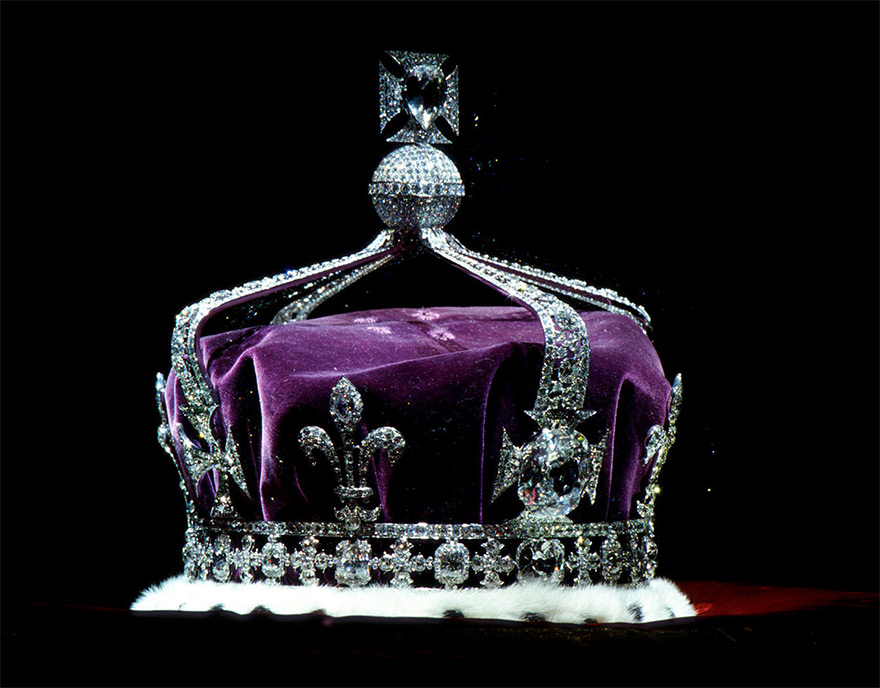
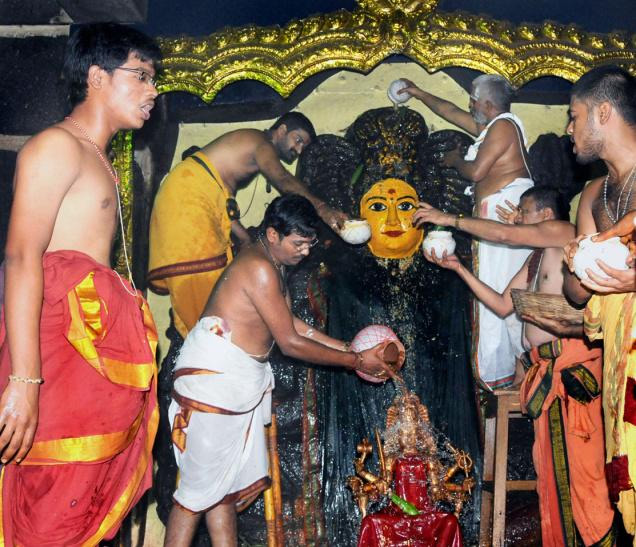
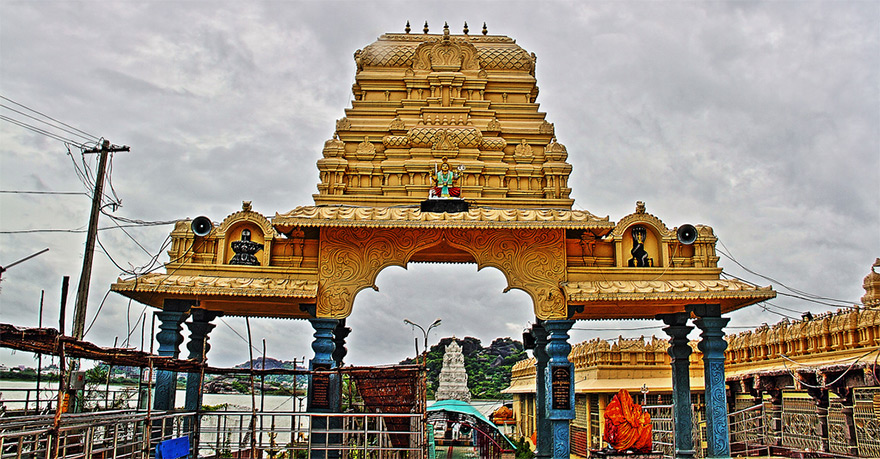
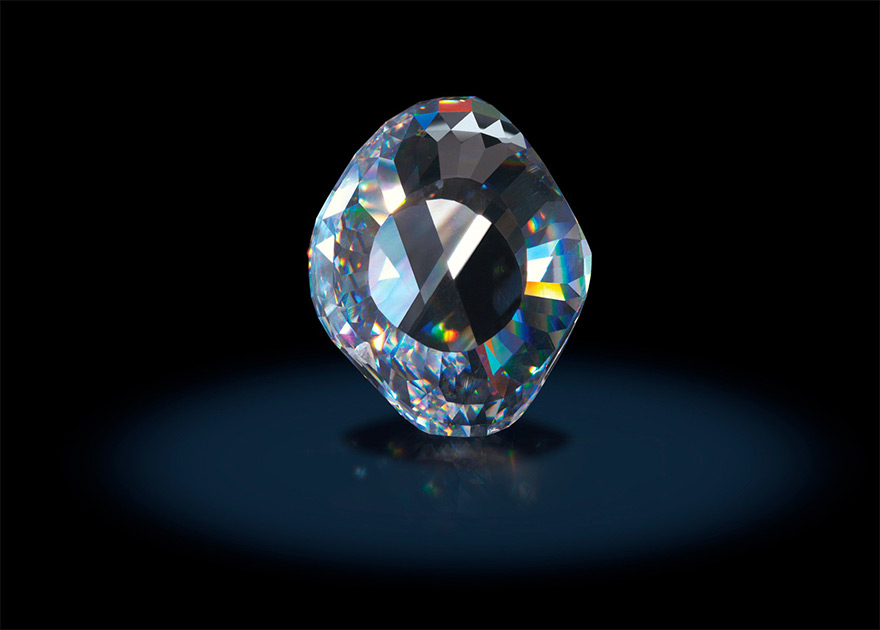
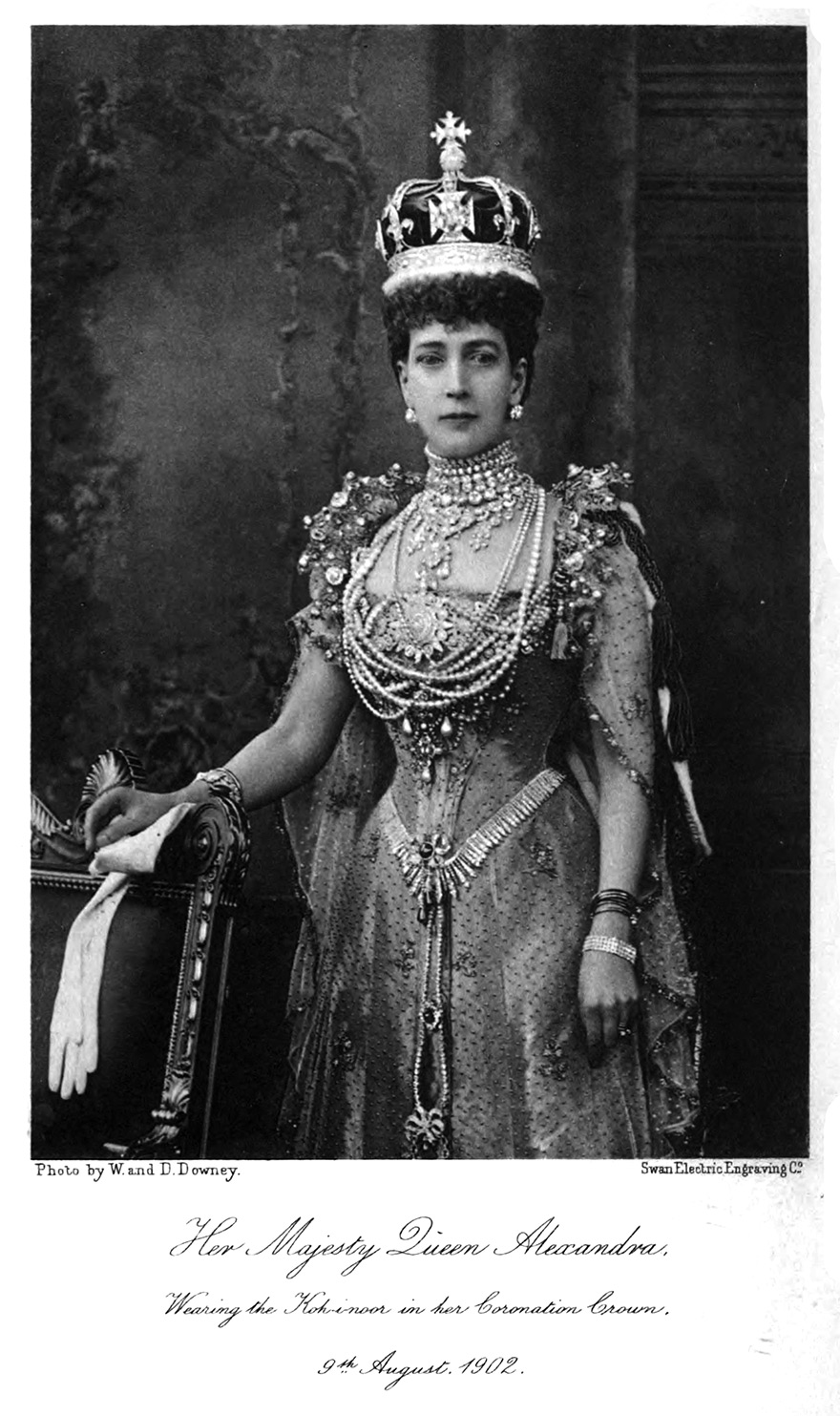
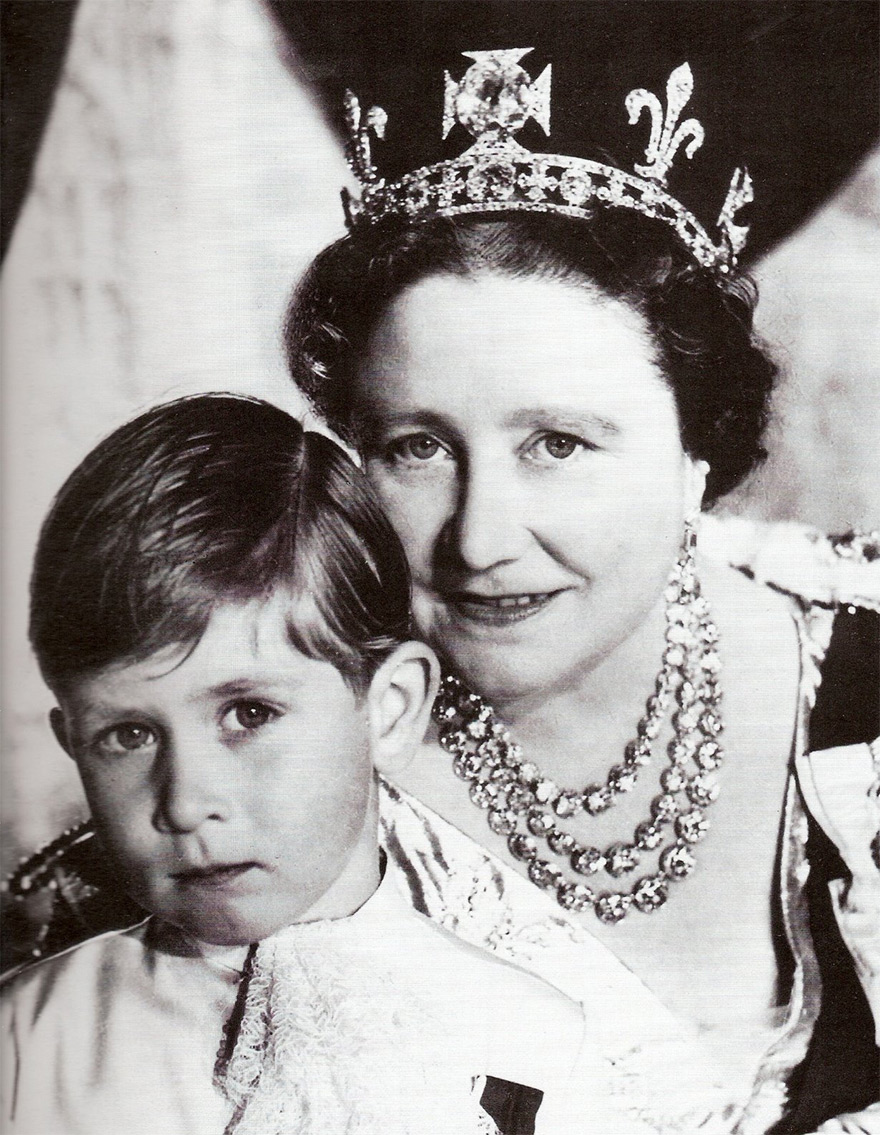
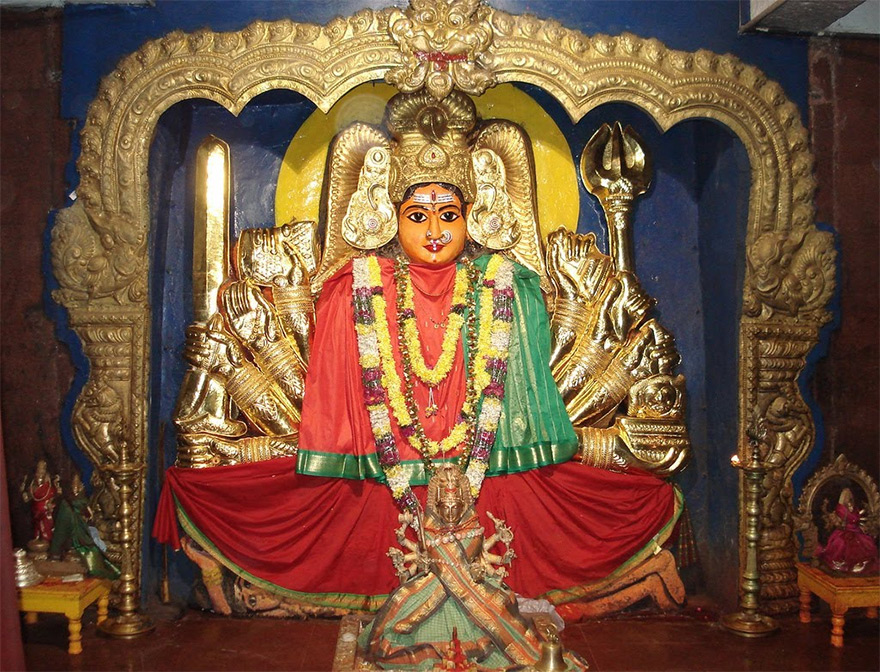
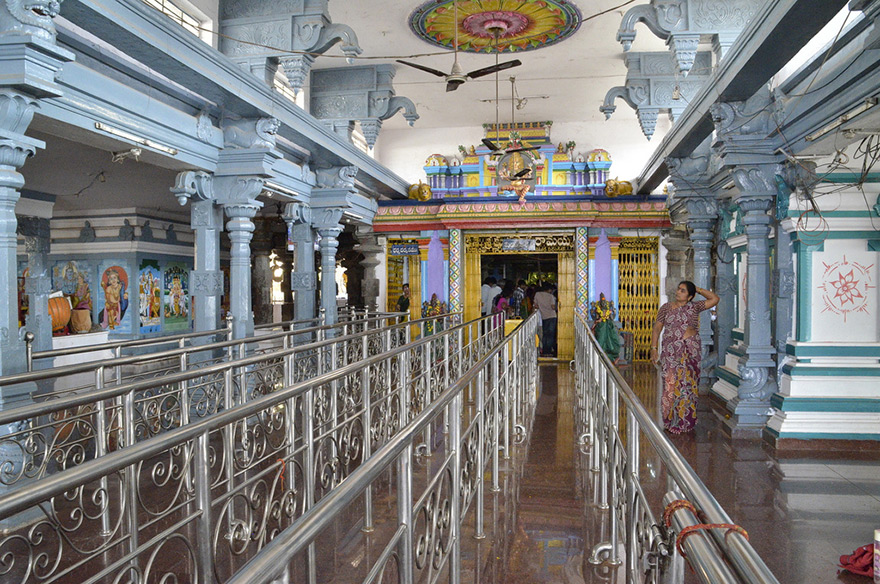
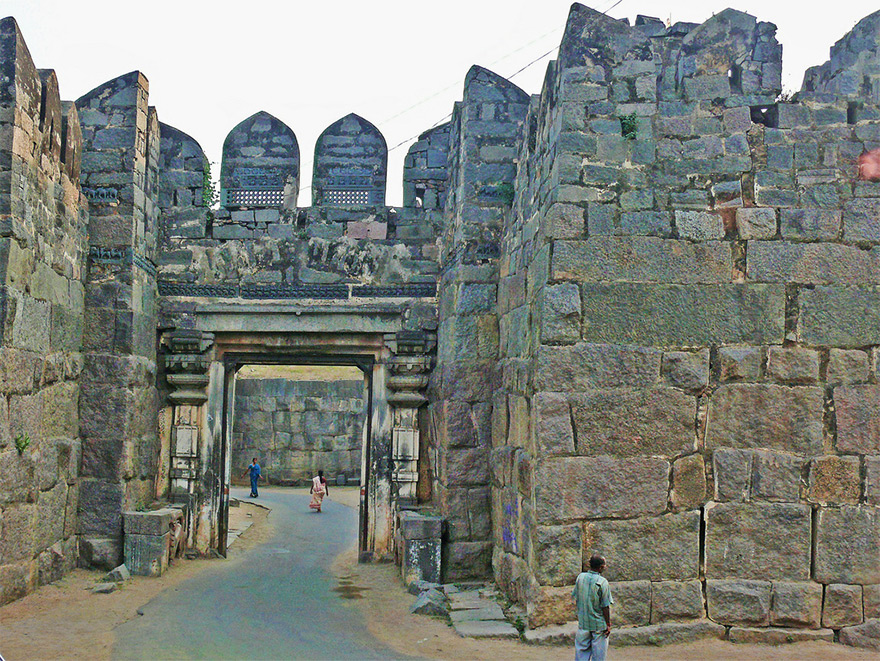
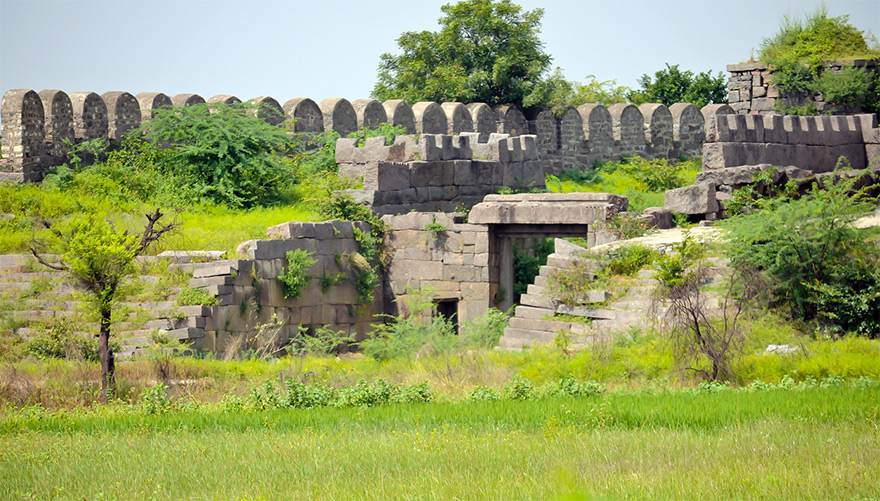
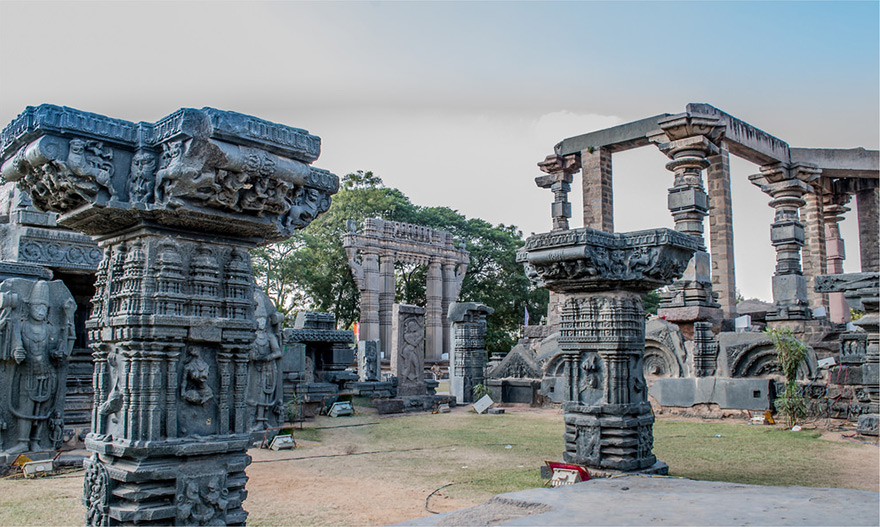
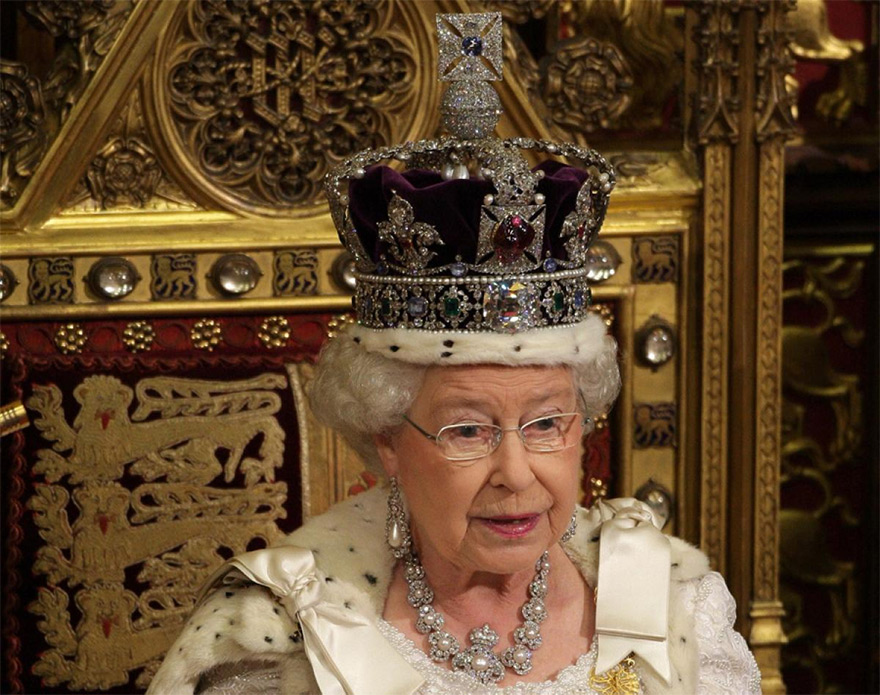

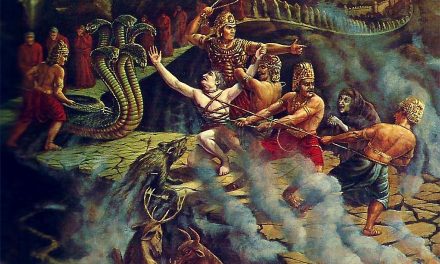










Really Sad.. Fight it back to boost India economy
wow!! awesomely in detail..
What happened to the Goddess Bhadrakali Mother’s matching diamond eye?
Is their any relation to the Shyamantaka Jewel given to the King Satrajit by the Sun God? I had once read so.
thank you, especially for the pictures.
Photography and Bhadrakali Temple is better than Kohi Noor.It is a constant reminder of theft of jewel and guilty consciousness,of monarchy.Time is not too far when the entire world wll see total destruction of the UK.
mlechhas
Spiritually speechless. Erudite article. Of course the eye should be returned to India .,cut or not
Beautiful it looks like an alien third eye.
Thank u for detailing., how come our God is silent.,
They should give this back to us, if they have any decency! How much did they pay for this? if at all!
wow….very true. the queen its ok but Camilla no way…..the queen she is lovely so the diamond saved her but if Camilla or any other person wears it it will be disaster….let it be put in a museum with safety precautions along with the goddess so that it saves the world…
The Queen should return it to India where it can be kept in a museum. Good article
No shamantak mani has nothing to do with our kohi noor
The History of Kohinoor is pathetic. It is a diamond cursed. Now not being worn. That which really belonged to God must be surrendered to God.
The treasures and artifacts of all nations must be restored to them. Failing to do so is tantamount to theft.
Even i have read it somewhere of kohinoor being Shyamantaka.AStory even goes when Lord krishna took it away from a king
Likewise the Hope Diamond which is in the Smithsonian Museum in Washington DC I was from India and also a cursed diamond.
So many photos, they tell a story all by themselves, thanks.
I’d just offer that this jewel, which was taken under duress, “peace treaties” signed while a gun is pointed at you is not legally-binding, even in Great Britain, should of course be returned to the temple.
But more importantly, it is the history of India cultural contribution to “western civilization” that was stolen, buried, denied and to this day, misrepresented by “manistream” western historians and archaeologists.
Hope it gets returned. Hope India’s vast history instead gets exported, so it can be appreciated by those unaware of it’s direct link to their cultures.
Good Information, our goverment need to thing in getting it back.
Bhadrakali temple photos are excellent.
Fascinating to read. I saw the Koh-i-Noor in Tower Bridge, London. There was a short documentary about the history of Koh-i-Noor & they claim that it was originally “Syamantaka Mani” obtained from Sun God by a Hindu king Satrajit.
Whether it might be mined in 12th century in Andhra OR passed on to Kakatiya kings from Pandava kings, the diamond should be returned to Bhadrakali Temple in Warangal, AP.
I am appalled by the words of UK Prime Minister David Cameron who said “We don’t believe in returnism”. This article has just shown the real history of our most valued, prestigious, mind-boggling artifact which was taken wrongfully from us like other artifacts because some of our rulers sold out to the British. British should return what is rightfully ours. No use in keeping them in a safe full of valued artifacts if you don’t intend to wear it, Queen Elizabeth. Return it to us and we would give it back to the beautiful temple in Warrangal where it has always belonged. Kudos to the man who took the beautiful pictures (y)
Its a worthless peices of rock which everyone is giving so much importance to.
Why worthless?
Because if you dont do anythign with it –ie sell it and make money –and all you do is leave it on display for years and years and years then surely its just worthless beutiful looking rock.
This article is wonderful.
Just as there is so much that was stolen from Africa that we still await return on, GOOD LUCK Indians getting back anything that Europeans have long since decided was theirs. Interesting she isn’t too scared to use diamonds dug up by children’s fingers in Africa! I don’t care HOW “much” they pretend those countries and continents still have, it should ALL be returned.
It is not worthless piece, Definitely it is valuable in terms of our beliefs and traditions. Doesn’t matter it is diamond or rock, We don’t care about the values..
Its ok even the mother godess left it .it is her own will to curse them by making them to steal her diamond eye? now or some other time the beautified eye of goddess mother will reach to her abode.Its her property and the earth itself is the dust particle at her feet so,it is under the rule of her?whats the matter if it has gone to anywhear on earth.you know something friends the mother loves her jewels very much when they are given by their devotees?its not the matter of taking the diamond of her but they have taken the love and devotion offered by their devotee.it is what they have stealth .the mother possesses the devotion of her sons.so she cursed on that.it is sacrilege.
Informative but if it comes back to India, there are biggers thieves here than in the whole of History!!!
the picture are beautiful the most important is the truth, its show us that all country in this planet have some how related to india and hindu gods, its proof us that india is the reaches and powerful place in this earth once.. and 2nd is the power of hindu goddess. and even queen of england believe in curse of hindu god..
OK, they do not want to give the Kohinoor back, my question is, WHERE are all these POWERFUL TANTRIKS? Surely a team of 5 or so could get together and do some serious butt kicking (in the form of adding more curses to the Kohinoor).
Aaah…. All these holy men, Siddhas, evolved masters etc etc
super-heavy-weight TANTRIKS in India and our leaders are writing
letters to have it returned to it’s rightful owner? What madness is this?
Please read Autobiograhy of a Yogi (Paramahansa Yogananda), to catch my drift
@Kiran
Even after the above article you dont understand.If u have nothing to give any new info here then dont reply here U Worthless Fool……..
this article is amazing and interesting
stone of the third eye……..no curse more dreadful than the curse of greed…..
plz return the diamond the eye to BHADRAKALI
It’s really very informative.
I like it …………………….It is awesomely in detai;
i love warangal
Forced gift by a hapless 9 year boy to an elderly sovereign is no Gift by any means. It equals sophisticated stealing…but stilll a stealing, a theft.
While we sleep other colonies act: Pl google
A.) 14 Caribbean Nations sue former colonizers for slave trade.
B.) UK to compensate the mau Mau vicitms.
But why Bhadrakali is keeping quite.